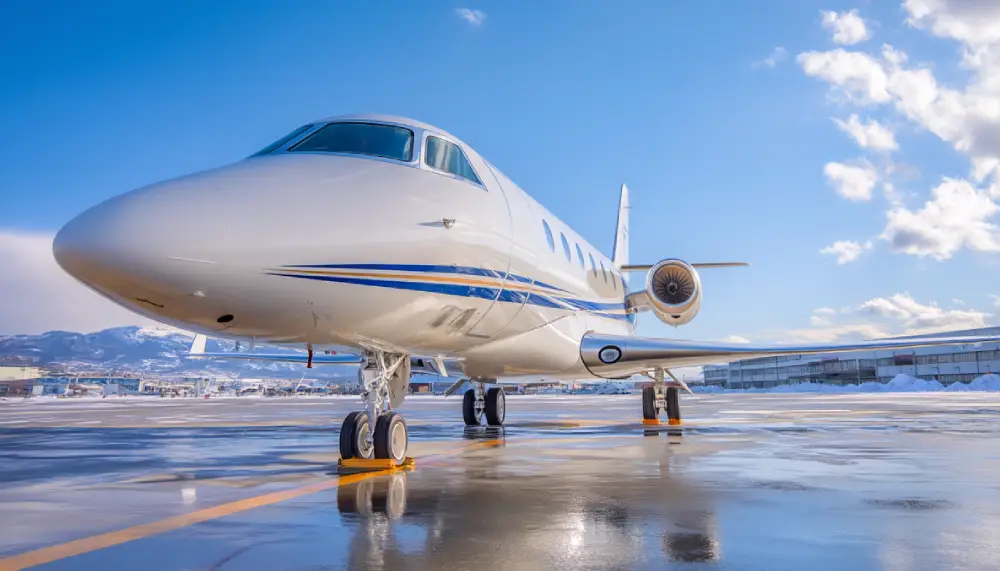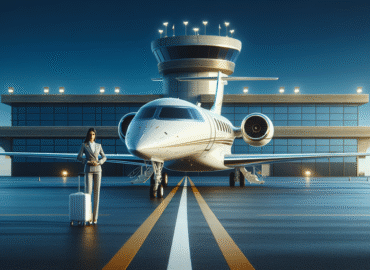Ultimate Guide to Maintaining Your Private Jet: Expert Tips and Tricks
Maintaining a private jet is a complex yet rewarding task. As a private jet owner or operator, ensuring the aircraft’s efficiency, safety, and luxury requires both attention to detail and expert knowledge. This comprehensive guide will provide you with indispensable tips and tricks to keep your private jet in pristine condition.
Understanding the Importance
Owning a private jet symbolizes luxury and freedom. However, maintaining it is crucial not just for aesthetics but also for safety and performance. Proper maintenance ensures:
- Enhanced Safety: Regular checks guard against malfunctions.
- Optimal Performance: Maintenance preserves fuel efficiency and flight capability.
- Longevity: Prolonged lifespan of aircraft components.
- Value Retention: Keeping the jet in top condition protects its resale value.
Key Maintenance Areas
Routine Inspections
Routine inspections form the backbone of jet maintenance. These involve systematic checks of the entire aircraft, focusing on:
- Engine Health:
- Regular oil changes and lubrication.
- Assessing engine performance data for anomalies.
- Avionics Systems:
- Updating software for navigation and communication systems.
- Calibration of sensors and instruments.
- Airframe Integrity:
- Inspecting the fuselage for signs of corrosion or damage.
- Checking for wear and tear on critical structural components.
Cleaning and Detailing
A clean jet not only looks impressive but also reduces wear:
- Interior Detailing:
- Upholstery and carpet cleaning.
- Sanitization of cabin surfaces.
- Exterior Washing:
- Regular washes to remove debris, particularly salt and exhaust residue.
- Polishing to protect the paint and improve aerodynamics.
Scheduled Maintenance
Adhering to the manufacturer’s Scheduled Maintenance Checks is non-negotiable. These include:
- A Checks: Light maintenance typically done every few hundred flight hours.
- B Checks: More intensive, often annually.
- C Checks: Comprehensive review, focusing on every system, usually every 2-3 years.
- D Checks: The largest check, essentially rebuilding components, every 6-10 years.
Expert Tips
Develop a Maintenance Routine
Implementing a structured routine ensures every aspect of maintenance is covered:
- Create a detailed checklist tailored to your aircraft model and usage.
- Utilize digital resources or apps for maintenance tracking and reminders.
Hire Qualified Personnel
- Ensure maintenance is performed by certified aviation technicians.
- Consider partnering with a reputable jet maintenance facility for specialized services.
Embrace Technology
- Use advanced diagnostic tools for monitoring engine health.
- Integrate condition-monitoring systems for real-time aircraft status updates.
Common Maintenance Challenges
Jet owners may face several challenges, including:
- Unanticipated Downtime:
- Mitigate by scheduling preventive checks during low-usage periods.
- Supply Chain Delays:
- Pre-order parts known to wear out frequently to avoid delays in maintenance.
“An ounce of prevention is worth a pound of cure.” – Benjamin Franklin
Conclusion
Investing time and resources in maintaining your private jet pays off in assured safety, sustained performance, and preserved luxury. By following expert tips and integrating regular checks into your schedule, your jet will remain a testament to both extravagance and functionality.
For further reading on private jet maintenance strategies, check resources from trusted aviation authorities and manufacturers.
This article aims to equip you with the essential considerations for maintaining your private jet, ensuring every flight is as safe and luxurious as the first.





